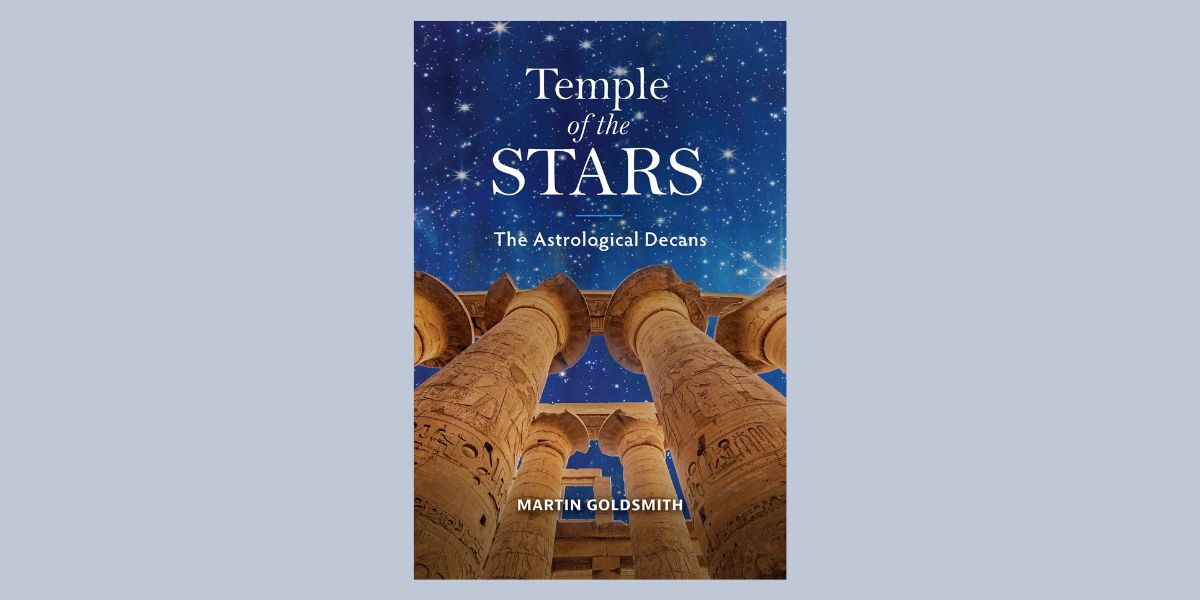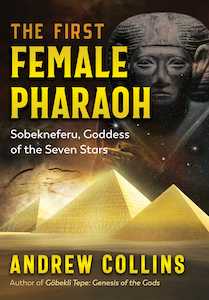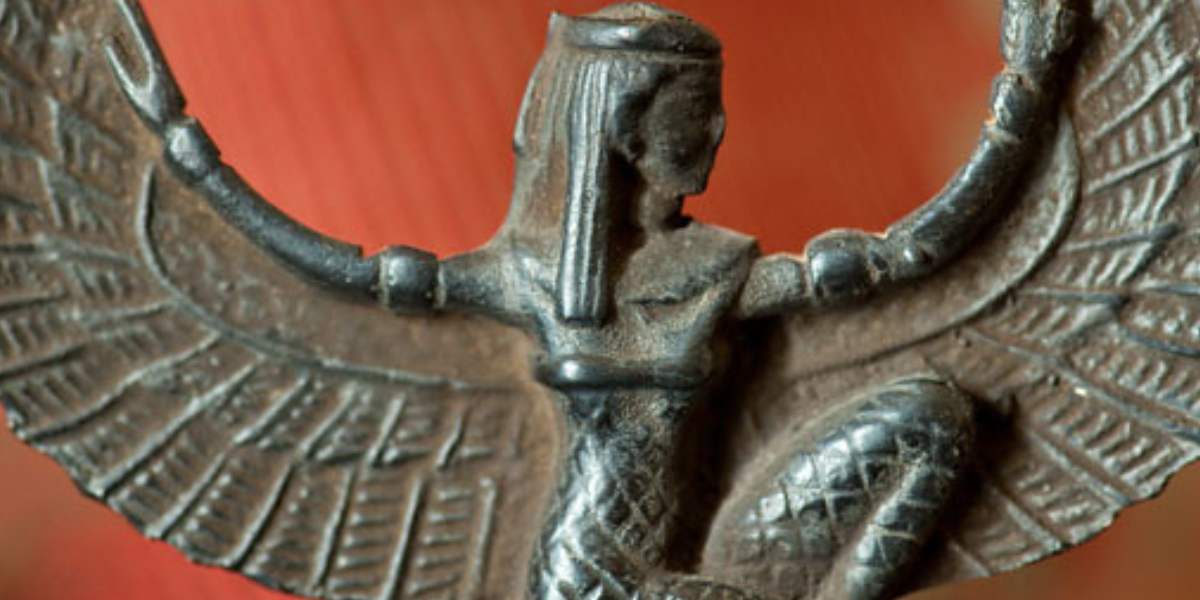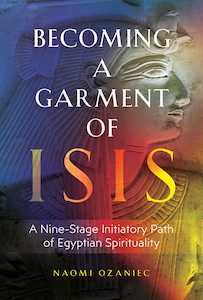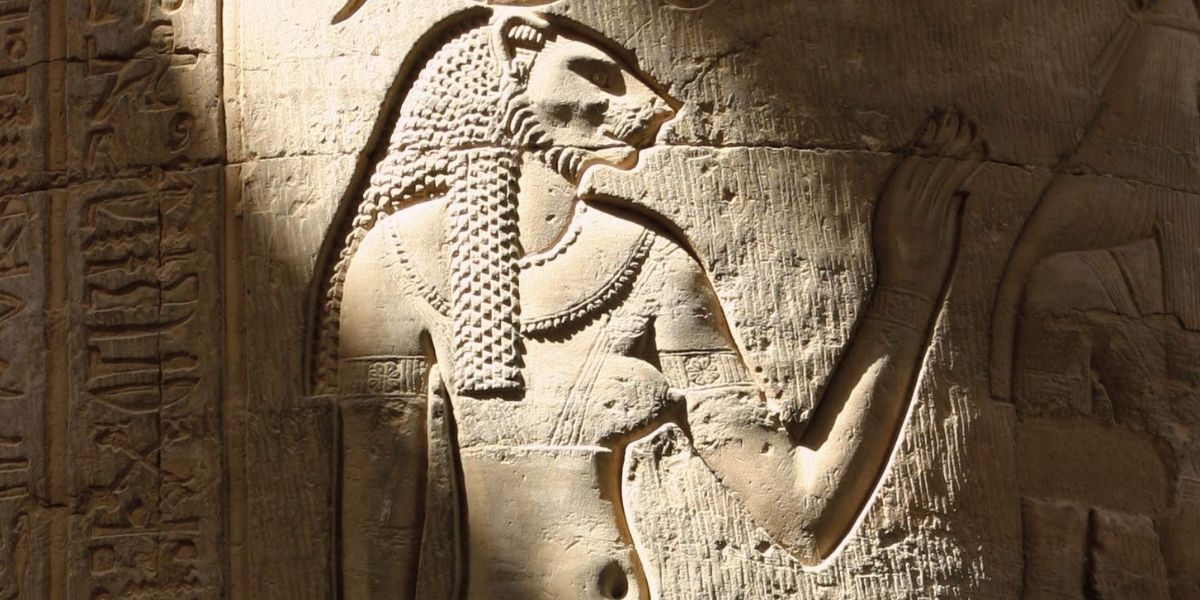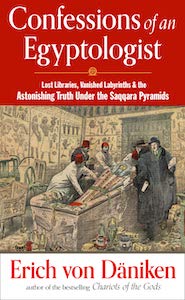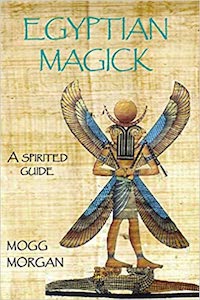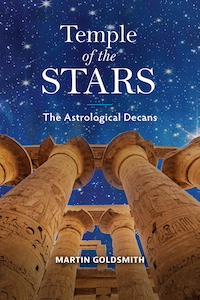
Temple of the Stars: The Astrological Decans, by Martin Goldsmith
REDFeather, 0764368427, 256 pages, November 2024
Looking for astrological insights that go beyond the traditional interpretation of each sign? Then it’s time for you to enter Temple of the Stars: The Astrological Decans by Martin Goldsmith. Goldsmith, with his detailed and insightful writing, brings a fresh perspective to a subject that has intrigued humanity for centuries: astrological decans.
Astrological decans bring a nuanced layer to astrology, offering a more detailed interpretation of the zodiac signs. Unlike the general understanding of the zodiac, where each sign is divided into a 30-degree segment of the sky, the concept of decans divides each sign further into three equal parts, or 10-degree segments. This division results in each zodiac sign having three distinct decans, making a total of 36 decans in the zodiac.
Goldsmith begins Temple of the Stars by highlighting the two originating traditions of decans: Babylonia and Egypt. The Babylonian tradition focuses on planetary rulers for each decan, often this corresponds to the first decan ruled by the sign’s ruling planet, the second second ruled by the planet ruling the next sign of the same element, and the final decan ruled by the sign of the same element after the second. This system remained popular through the Renaissance, and continued on to influence Vedic astrology as well. From what I’ve learned studying astrology, this remains the common approach to the decans.
However, Goldsmith also shares great insight about Egyptian astrology developed independently of the more popular Greco-Babylonian tradition. He writes:
“Egyptian astrological diagrams appear almost exclusively on the ceilings of tombs and on the inside of coffin lids. They are impersonal sky maps meant to guide the soul of the dead person through the netherworld or “Duat.” These sky maps depict approximately thirty-six gods, who rule over thirty-six small constellations through which the sun passes in its journey across the sky.”1
Prior to learning this from Goldsmith, I had never heard of the Egyptian use of astrological decans, and I found all he had to share absolutely fascinating. It was particularly eye-opening to learn about how “corrupted forms of the Egyptian decans were integrated into the Greco-Babylonian astrological tradition”2 through the conquering of Alexander the Great. Goldsmith offers great insight about the history of Greco-Egyptian magic and Egypt’s influence on Greek Hermeticism. He even tracks the ups and downs of Hermeticis/m through the Renaissance and Enlightenment, which is truly fascinating from an astrological perspective.
And believe it or not, all this historical background is not even the main component of this book! The primary focus rather is on Goldsmith’s thoroughly-researched yet subjectively translated interpretation of each astrological decan. Drawing from tens of thousands of solar charts on Astrodatabank, Goldsmith created long lists of people with certain planetary placements. He analyzed hundreds of sun, Mercury, Venus, Mars, Jupiter, Saturn, Uranus and North Node for each decan, and for some decans he also included Chiron and the moon.
He writes, “Before analyzing the lists, I tried to void my mind of all preconceptions. This would allow me to see what was actually there, rather than seizing on a few examples to confirm what I already believed, or what I wanted to believe.”3 Deferring to the results of his research, Goldsmith admits some of his findings are unorthodox; they even occasionally contradict the traditional astrological interpretations. However, he also believes his research “showed unequivocally that each sign is composed of three distinct zones of spiritual influence.”4
With an understanding of Goldsmith’s intention and methodology, I was eager to read on to see his interpretations. For each decan, Goldsmith shares an image for readers to envision, a detailed interpretation of the astrological energy of the decan written in third person, and a list of people who have a planetary placement there along with a few words about their profession.
While by now I’ve read each decan interpretation, I’ll admit the first thing I did was figure out the decans for all the planets in my birth chart and read Goldsmith’s interpretations. Make note of a few keywords for each placement, I felt like Goldsmith had presented a whole picture of my inner landscape through his writing. I was honestly blown away by the keen insights brought to light within his interpretations, as everything felt immensely accurate and illuminating. Here’s one of my favorite lines from the 2nd decan of Sagittarius, where the moon resides in my chart:
“People of this decan are trying to find some role, some myth, some adventure that they can throw themselves into. They want to create an exciting myth about themselves and to discover, by acting out this myth, to what degree it is supported by reality. They understand that other people have their own myths and fantasies. And they can thoroughly enjoy other people’s “acts,” as long as these people are aware of what they’re doing. But they have nothing but scorn for people who go through life playing out roles, games, and myths they had no part in creating.”5
While this is something I resonate with as being true for myself, it’s nothing at all something I would ever consciously have self-awareness about. This is what is so delightful about reading Goldsmith’s interpretations! They’re immensely useful for personal growth and spiritual reflection.
I’ve also enjoyed applying Goldsmith’s perspective into my astrological readings. While I rarely explain the decans to my clients, when preparing for a reading, I find noting the decans of the planetary placements in their chart provides an additional layer of traits and influences. Including aspects of Goldsmith’s interpretations in my readings has allowed me to offer clients a deeper understanding of their astrological profile through detailed perception into personality traits, potentials, and challenges.
Overall, Temple of the Stars is a comprehensive and captivating exploration of the astrological decans. Goldsmith’s expertise shines through in his detailed analysis. He offers not just astrological interpretations but also historical and cultural insights, making the text both informative and enlightening. Goldsmith succeeds in weaving together astrology, history, and mythology into a coherent and enlightening narrative that deepens reader’s understanding of the astrological wheel.
This book is a valuable resource for anyone seeking to broaden their understanding of astrology, especially those who seek to go beyond the traditional meanings for each sign. There’s so much to discover from looking at the degrees and integrating this wisdom into one’s astrological interpretations. Goldsmith’s thorough work offers new insights and a greater appreciation of the celestial influences that shape our lives. Incorporating astrological decans into the study of astrology enhances the complexity and depth of astrological interpretations, making it a fascinating subject for both enthusiasts and seasoned astrologers alike.
Alanna Kali is an astrologer, numerologist, and pioneer spirit that loves to explore life through the lens of depth psychology. She has a passion for studying the humanities and social trends. Her academic work is centered upon reuniting body, mind, and spirit through eco-psychology. She loves reading, spending time in nature, and travel.
